There are some silly gun debates out there. 9mm vs. .45 ACP, AK-47 vs. AR-15, and of course, revolver vs. semi-automatic.
The semi-automatic pistol established itself as the future of handguns…but the revolver continues to hold its own, sold in great numbers.
Today we are looking at the classic revolver vs. semi-auto debate, although these days, the argument is far less common than it used to be.
We’ll dig into the age-old argument, break it down by category, and take a critical look at the advantage of each platform.
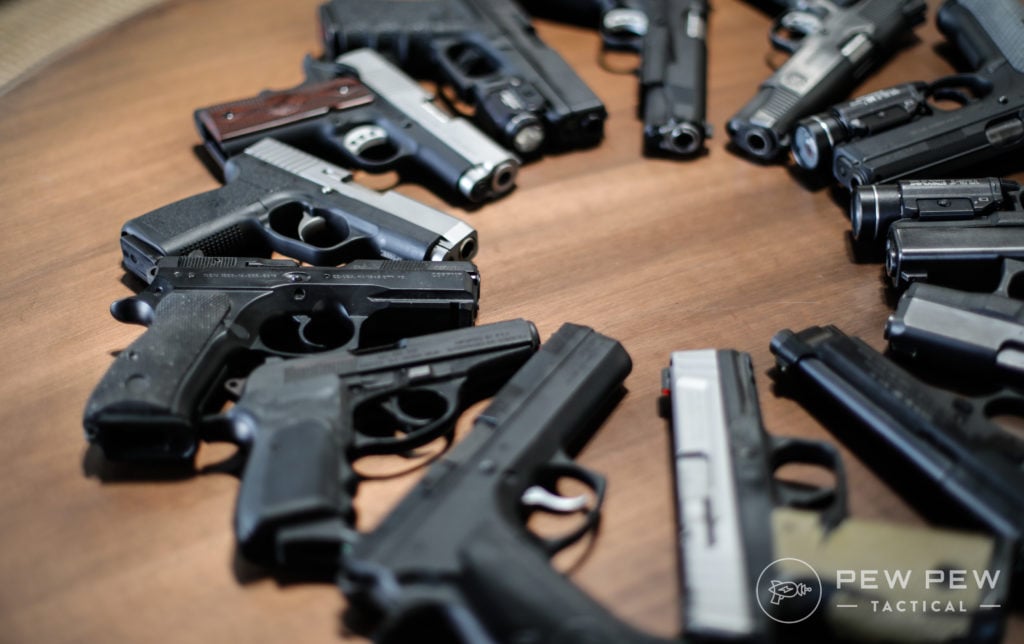
Hopefully, by the end, you’ll understand both the obvious and subtle differences between the two platforms.
Table of Contents
Loading…
Ease of Use
This is a tough one. Both revolvers and automatics are easy to use in their own way.
A semi-automatic handgun is often easier to shoot than a revolver. This holds true for most new shooters as well.
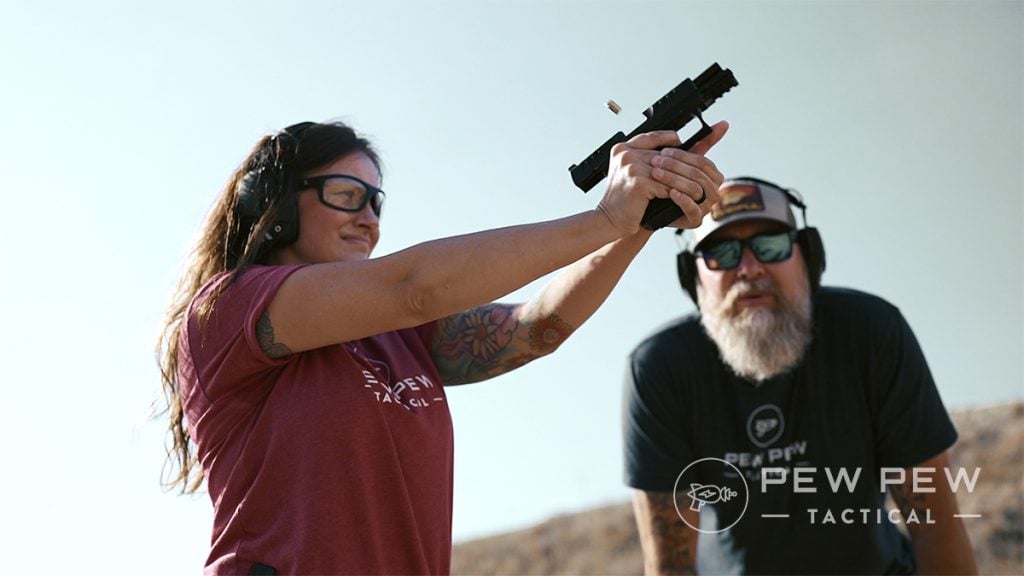
The shorter, lighter trigger pull of striker-fired and single-action semis guns make them feel much easier to shoot.
With a revolver, you either have to manually cock the hammer for a light single-action trigger pull, which requires one more movement, or you have to utilize the long double-action pull, which can affect accuracy.
There is also something to be said regarding being mindful of cylinder blast and thumb placement on revolvers.
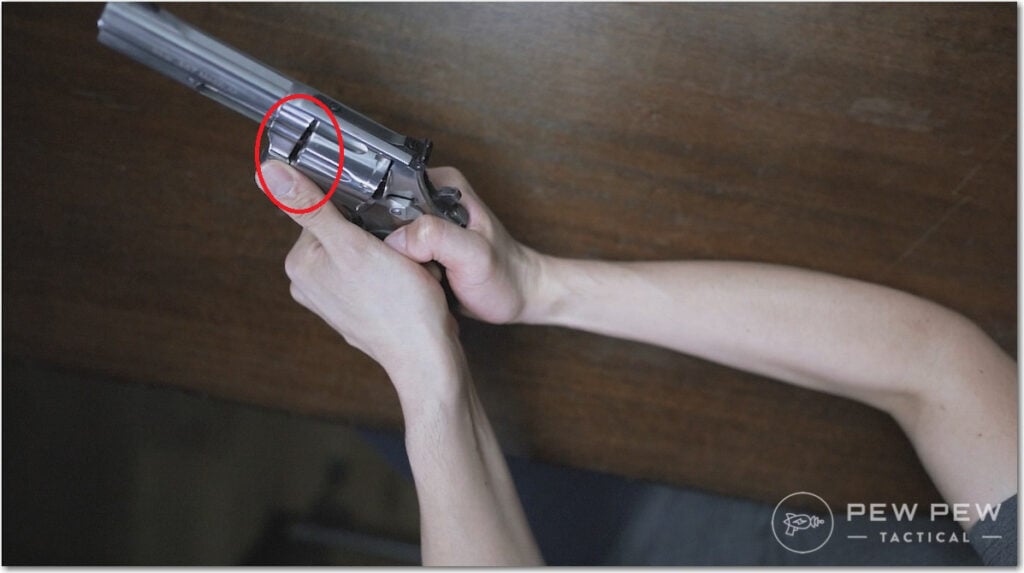
That said, using a semi-auto requires a little more training and practice when it comes to administratively handling the gun.
Ease of use is really about how often you are going to use the gun. If someone isn’t planning to train often and only wants the gun for home defense and occasional target shooting, a revolver might be a great option.
If you plan to shoot more often and train, the semi-auto can be easier to shoot well with, and with a bit of practice, learning how to use it will become second nature.
Loading/Unloading
Loading and unloading can require some practice, as does de-cocking particular guns and managing manual safeties.
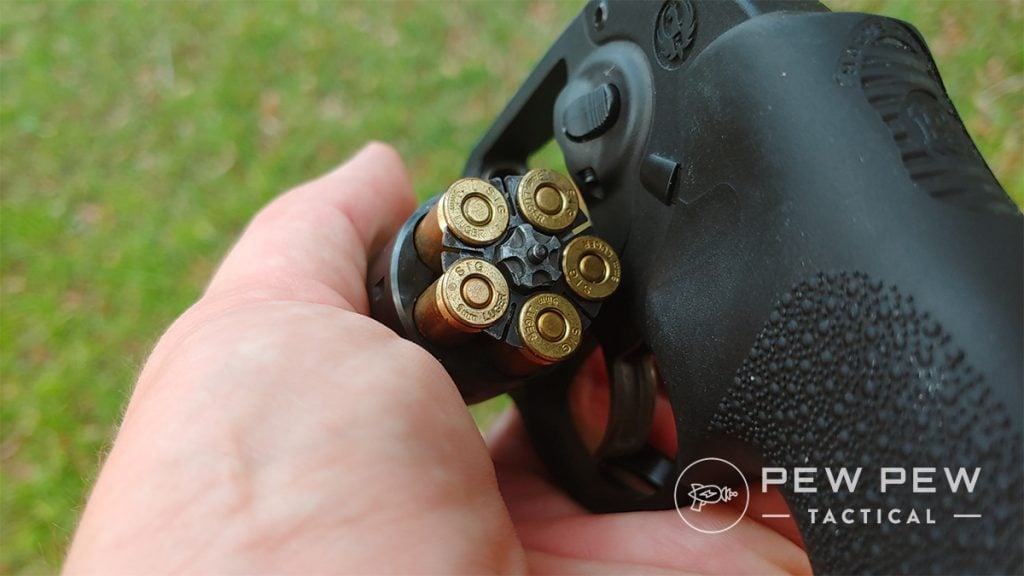
An inexperienced user can look at a revolver and see if it’s loaded or not. Also, most modern revolvers are self-explanatory. Press, push, or pull the cylinder release, and boom, you can unload or load the gun.
Managing a cylinder can be easier than racking the slide on a semi-auto, especially for those with arthritis or lower hand strength.
Some modern semi-autos like the Walther CCP and the S&W EZ have made the racking process easier, but revolvers still cut that out completely.
Prices accurate at time of writing
Prices accurate at time of writing
-
25% off all OAKLEY products - OAKLEY25
Copied! Visit Merchant
Capacity
This is going to be the most obvious difference. Even people without firearm experience understand that automatics can hold more rounds than a revolver.
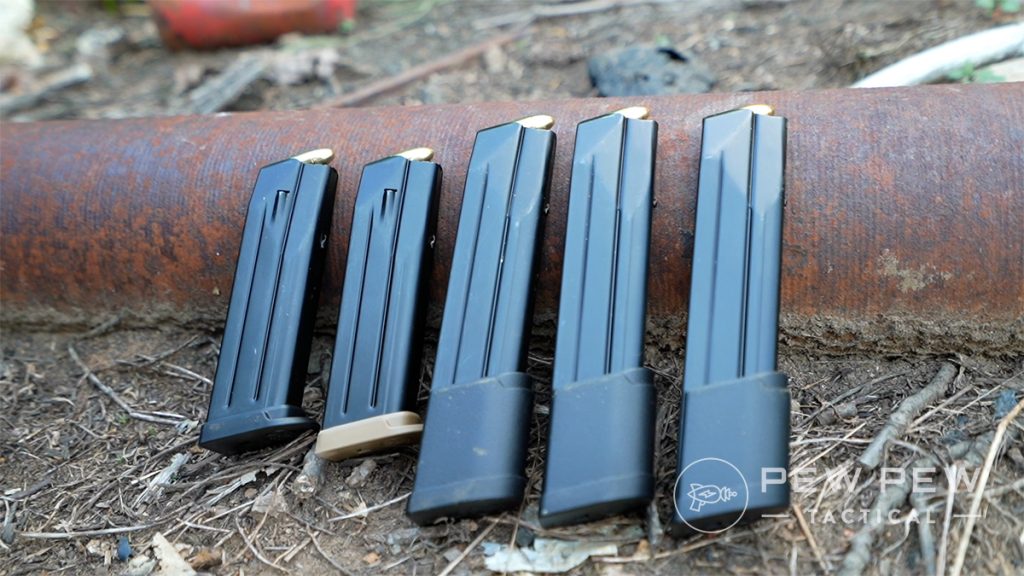
In the modern market, the highest capacity revolver I know of is a 10-round .22 LR revolver — that’s not exactly bringing the house down.
A modern automatic designed for defensive use can hold up to 21 rounds fairly handily, while a similar duty-sized revolver might be able to hold eight rounds. Even small concealed carry semis like the Sig P365 pack 10 rounds.
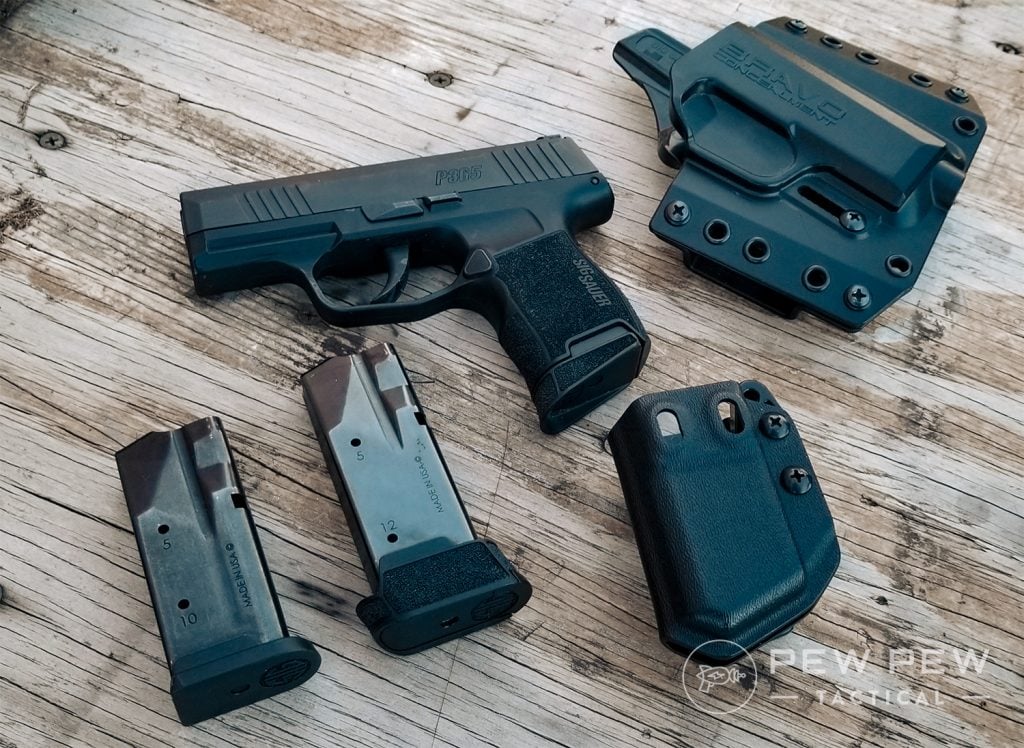
If we look at standard concealed carry-oriented revolvers, most will have a five or six rounds capacity.
But more isn’t always better or always needed. Defensive shootings typically don’t involve John Wick-style gunfights with multiple reloads and 20 rounds dispensed in seconds.

While I prefer to have more ammo than less, I’m also not the type to say a 5-shot J-Frame isn’t a capable carry gun.
Accuracy
At the end of the day, accuracy will really be on the shooter more than the gun.
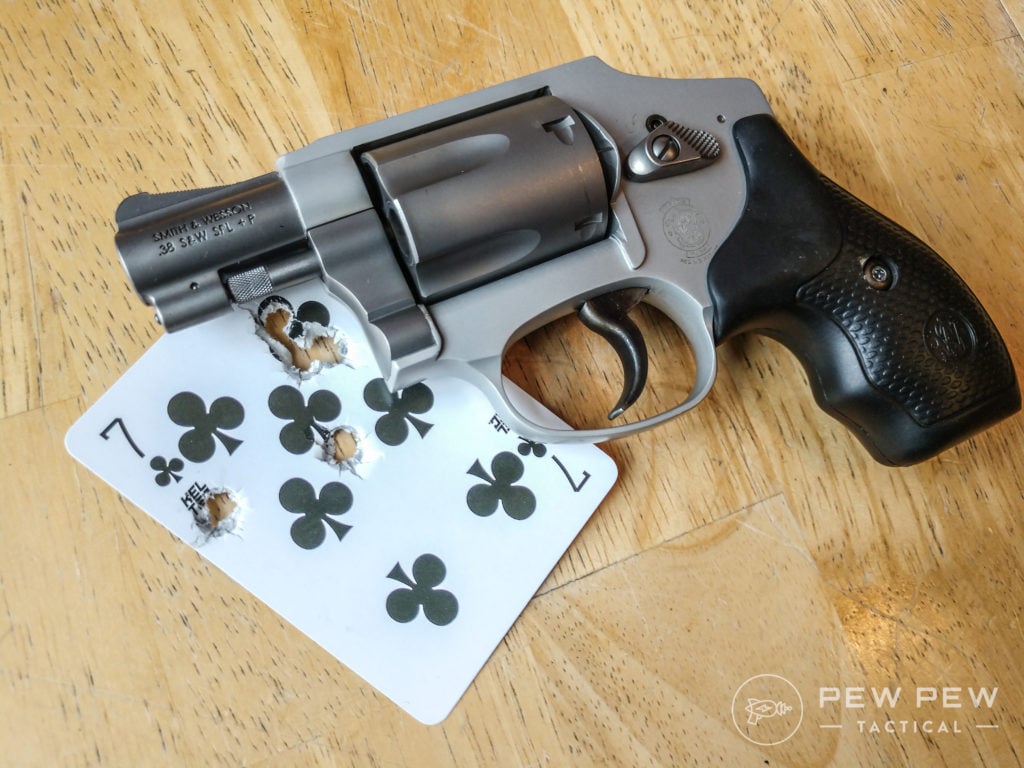
If you made a robot that could shoot firearms perfectly, you wouldn’t see a difference between a modern revolver and a modern semi-auto.
These days, both guns are on par with raw accuracy.
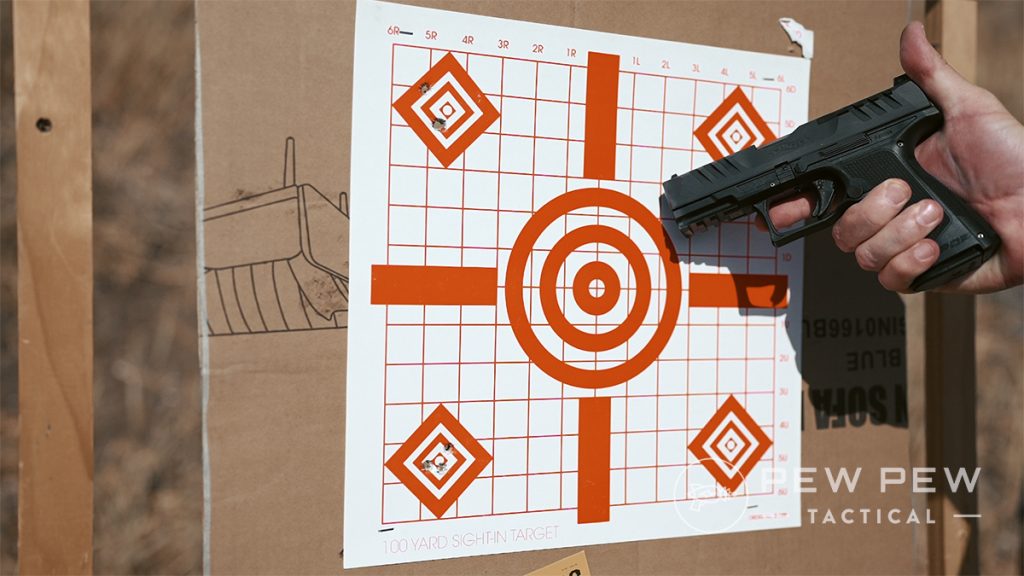
Much of the accuracy will come down to the sighting system (red dot, standard irons, target sights) and the trigger.
A good sighting system and a lighter trigger usually yield better results for most people when shooting for pure accuracy.
Prices accurate at time of writing
Prices accurate at time of writing
-
25% off all OAKLEY products - OAKLEY25
Copied! Visit Merchant
Grip comfort and bore axis can also play a big role in the accuracy of follow-up shots when shooting fast. A semi-auto with a shorter trigger and a lower bore axis will typically help mitigate muzzle flip and minimize accuracy loss associated with a longer trigger pull.
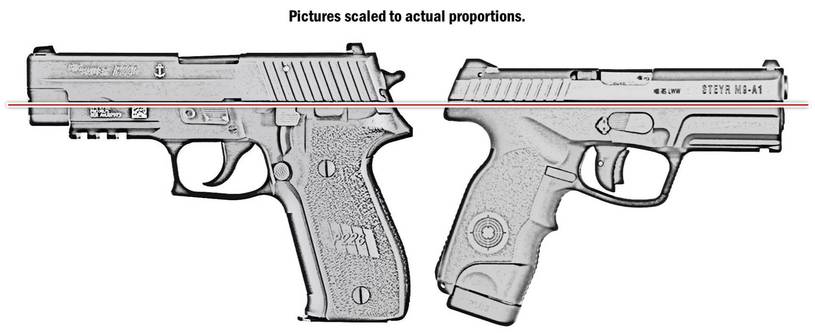
Like I said before, at the end of the day, accuracy and speed are really on the shooter and how much they train with their platform.
Power
I’m not talking about something silly like stopping power, but real power.
Revolvers have always been king here. They can chamber the biggest, most powerful handgun rounds possible. Heck, they even chamber some rifle rounds.
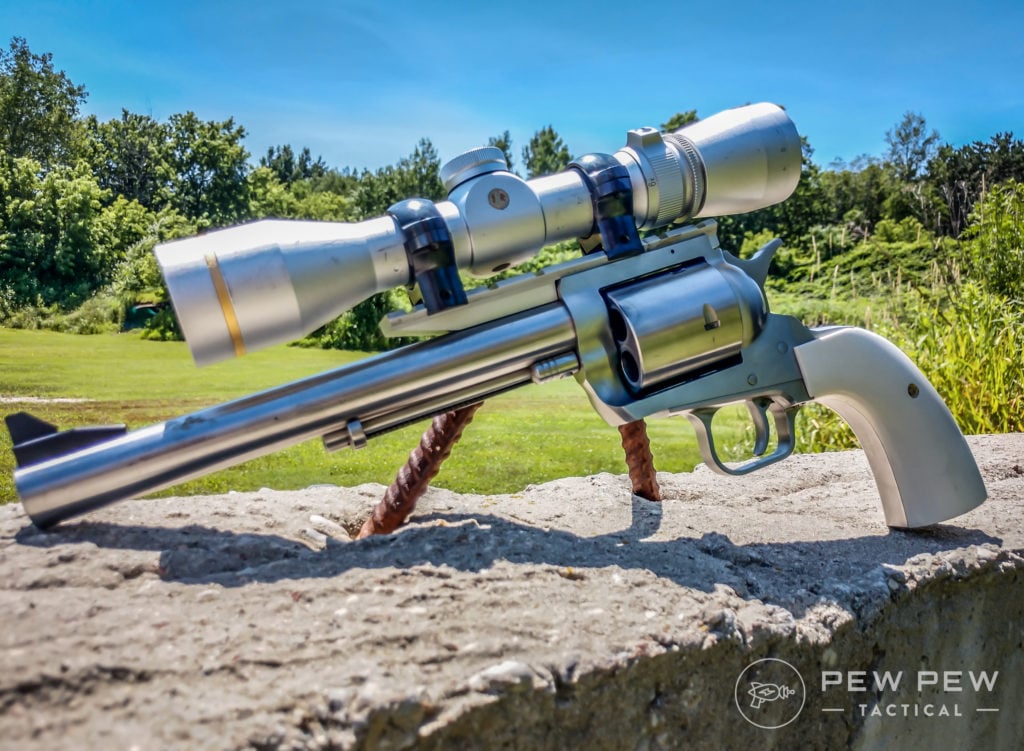
The latest S&W revolver chambers the .350 Legend cartridge, a cartridge originally made for AR-15s. Aside, there are powerhouse cartridges like the .500 S&W, .454 Casull, and .480 Ruger.
These powerful cartridges are designed to defend against or even hunt medium to large game, including bear, buffalo, and elk.
Prices accurate at time of writing
Prices accurate at time of writing
-
25% off all OAKLEY products - OAKLEY25
Copied! Visit Merchant
Conversely, most semi-auto handguns are pretty limited in their ability to chamber these powerful rounds. Although a few guns like the Desert Eagle, Coonan, and a few more can chamber powerful cartridges, they still can’t match some of the big revolver cartridges.
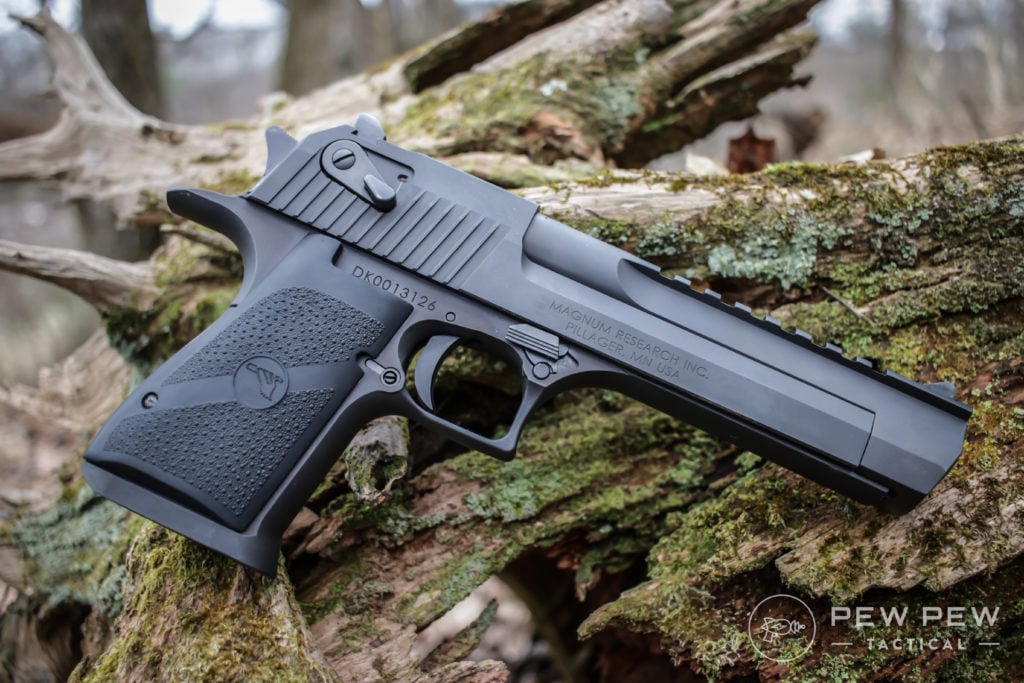
That isn’t to say that a duty-sized semi-automatic can’t pack a punch. True 10mm loads are extremely potent and offer higher capacities than a standard six or eight-shot revolver.
When we get to the smallest of guns, there is something to be said about the size-to-power ratio. A simple J-Frame can pack five rounds of .357 Magnum, which is a good bit of power for such a small gun — albeit a handful recoil-wise.
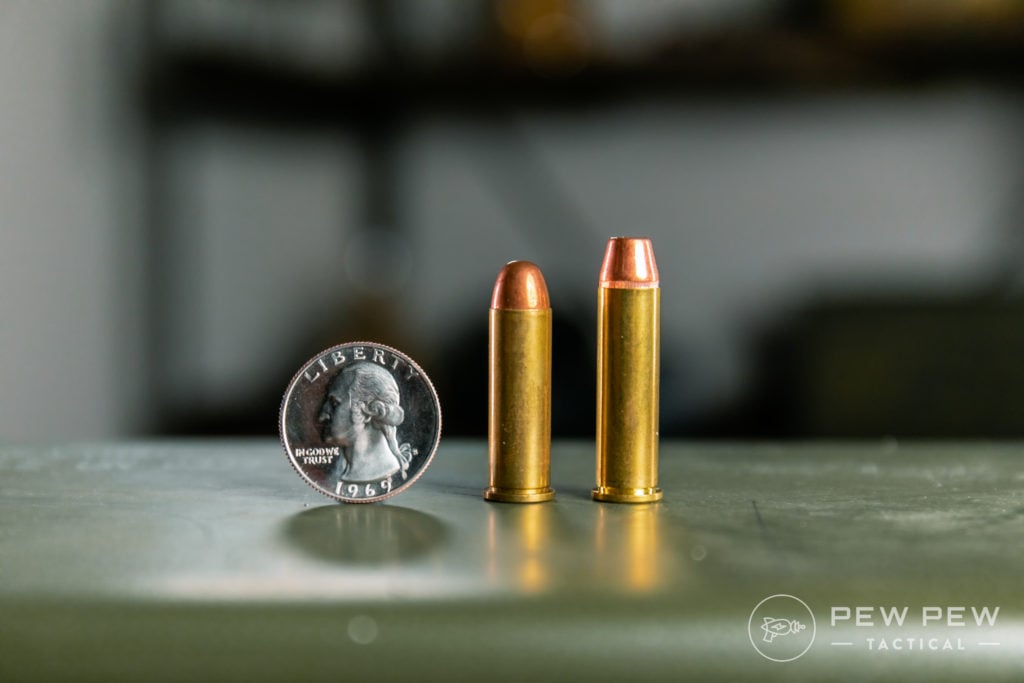
Ultimately, revolvers, by nature, can chamber more powerful cartridges. Whether you need this power or not is one thing, but it is something to consider.
Concealment
Concealing a firearm can also be a hassle, but if you are looking for the smallest possible gun, revolvers win out once more.
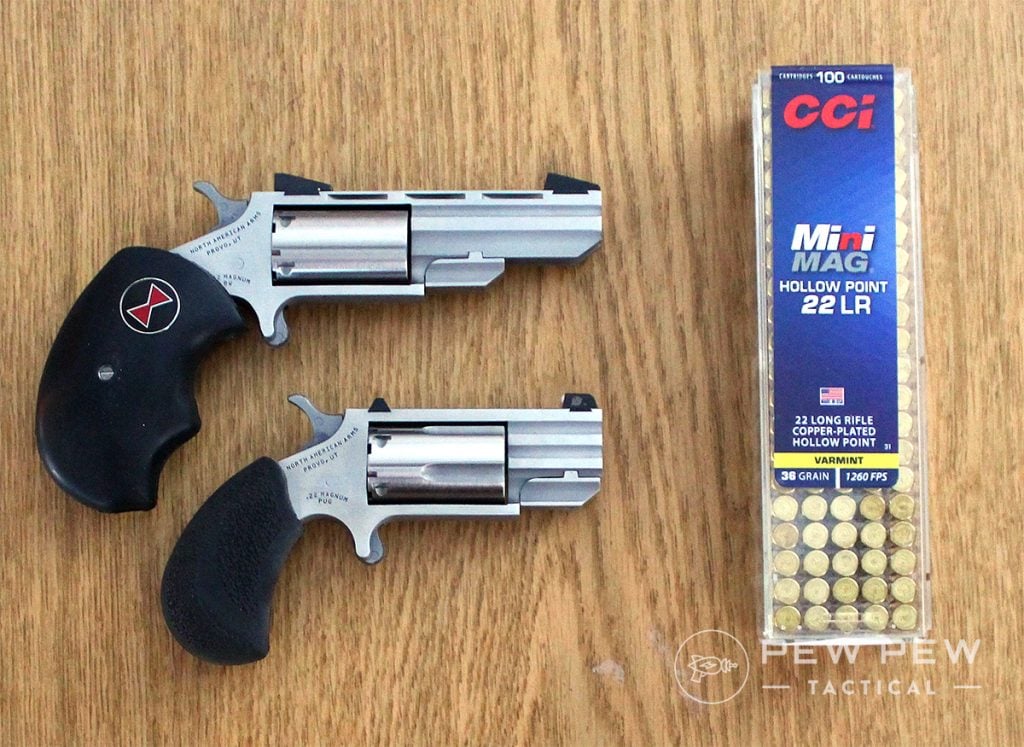
While their effectiveness might be questionable, you can’t beat the size of the North American Arms mini-revolvers. These super tiny revolvers hold five rounds of .22 Short, .22 LR, or .22 Magnum.
While these might be the smallest option, not everyone wants a tiny gun.
In fact, these guns are often considered too small for defensive tasks. If we look at guns that are a little bigger, we get to the micro .380s, micro-compact 9mm pistols, and small J-frame-sized revolvers.
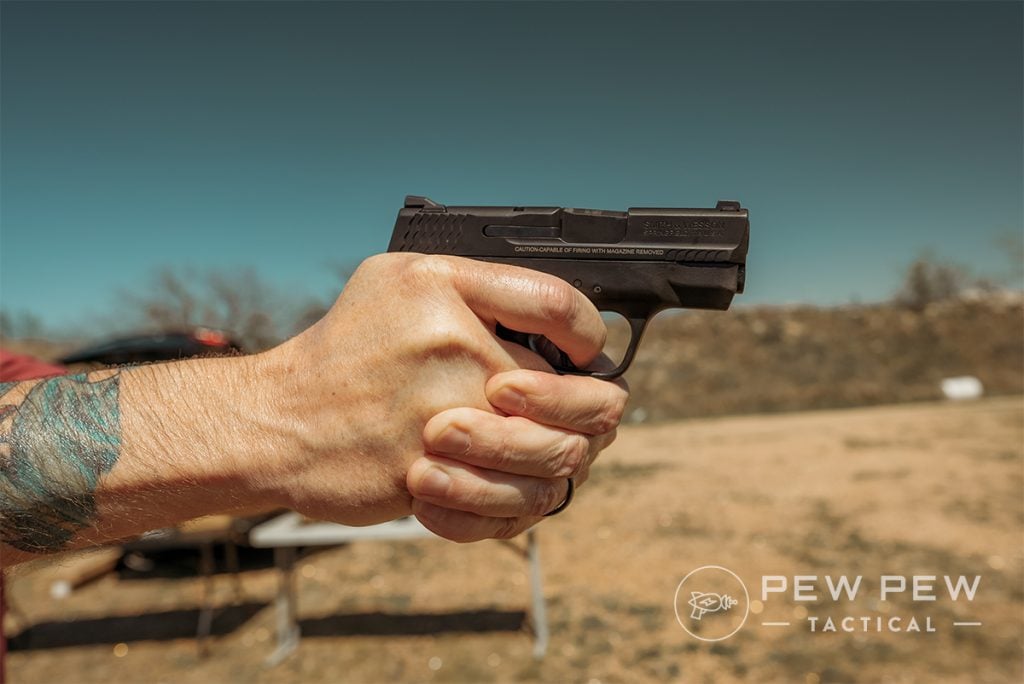
With semi-automatics, there are various sizes of guns available in numerous calibers, many of which are marketed specifically toward concealed carry.
For small revolvers, there aren’t many size options. They are typically 1.87 to 2-inch barrels with ultra-small grips and five or six-round capacities. These guns are still relatively small and tend to be easy to conceal.
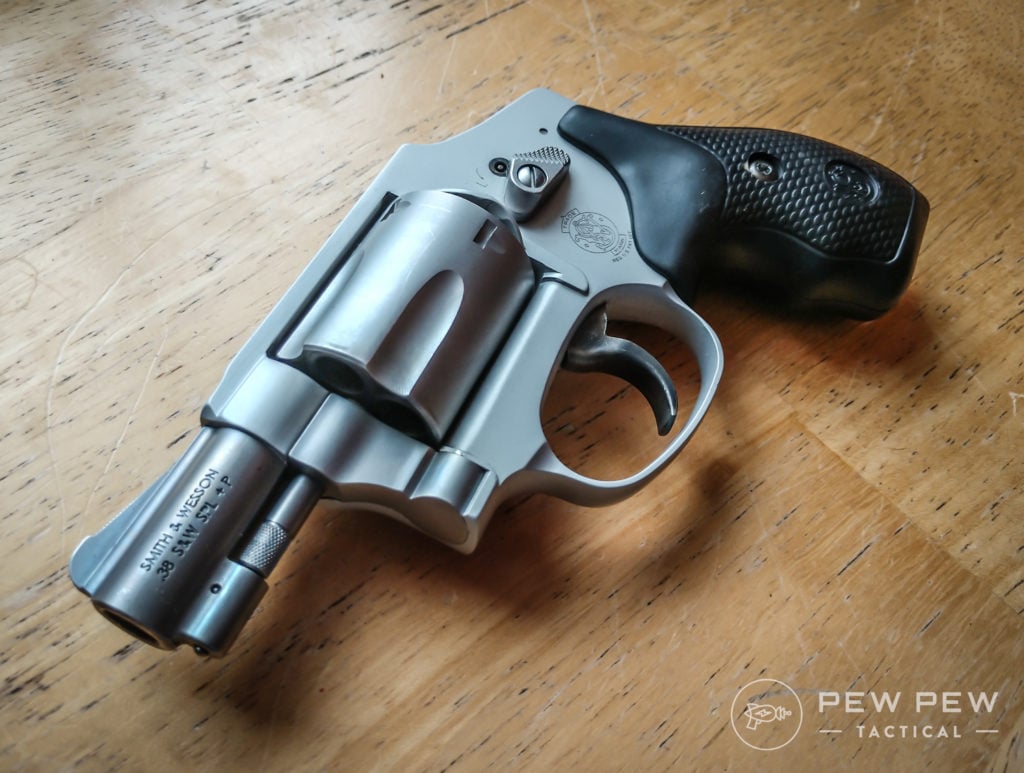
If we just judge these guns by the smallest examples in each class, then the NAA scores a big win for revolvers. But in reality, I think it’s fair to say automatics and revolvers are both easy to conceal and carry.
Prices accurate at time of writing
Prices accurate at time of writing
-
25% off all OAKLEY products - OAKLEY25
Copied! Visit Merchant
Customization
This is a clear win for semi-autos.
You can purchase a Glock or a Sig P320, and guess what? You can make it your own very easily. Swapping barrels, triggers, and frames and adding lights, lasers, or optics can all be done with relatively little drama.
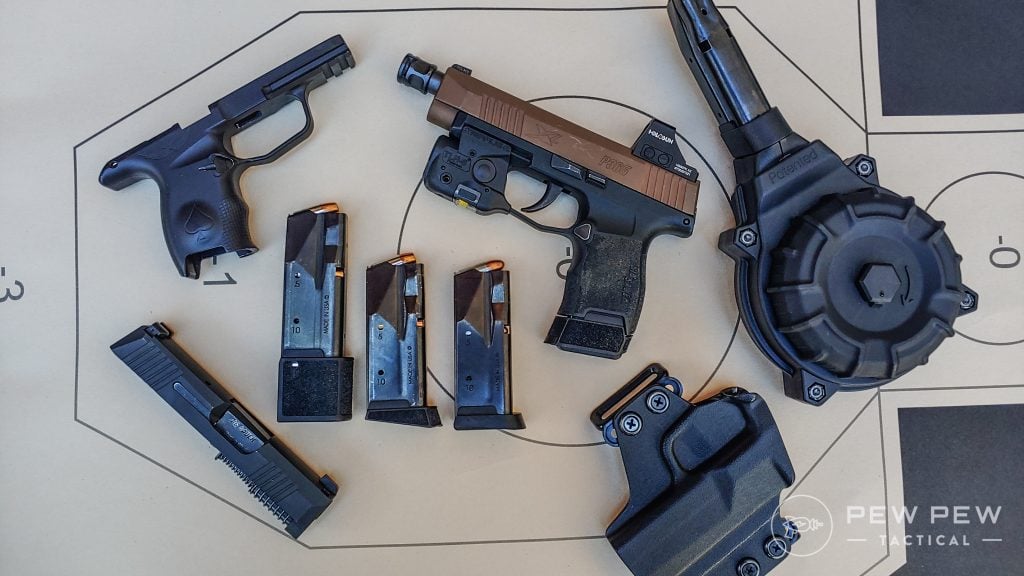
While this isn’t true for all automatic handguns, a good number of mainstream options can be heavily customized. Revolvers…not so much.
With revolvers, you can likely change the grips, maybe the sights. If you happen to have a revolver with rails, you might be able to strap on a red dot or light. Other than that, the more complicated design of the revolvers requires a gunsmith’s touch to fancy it up.
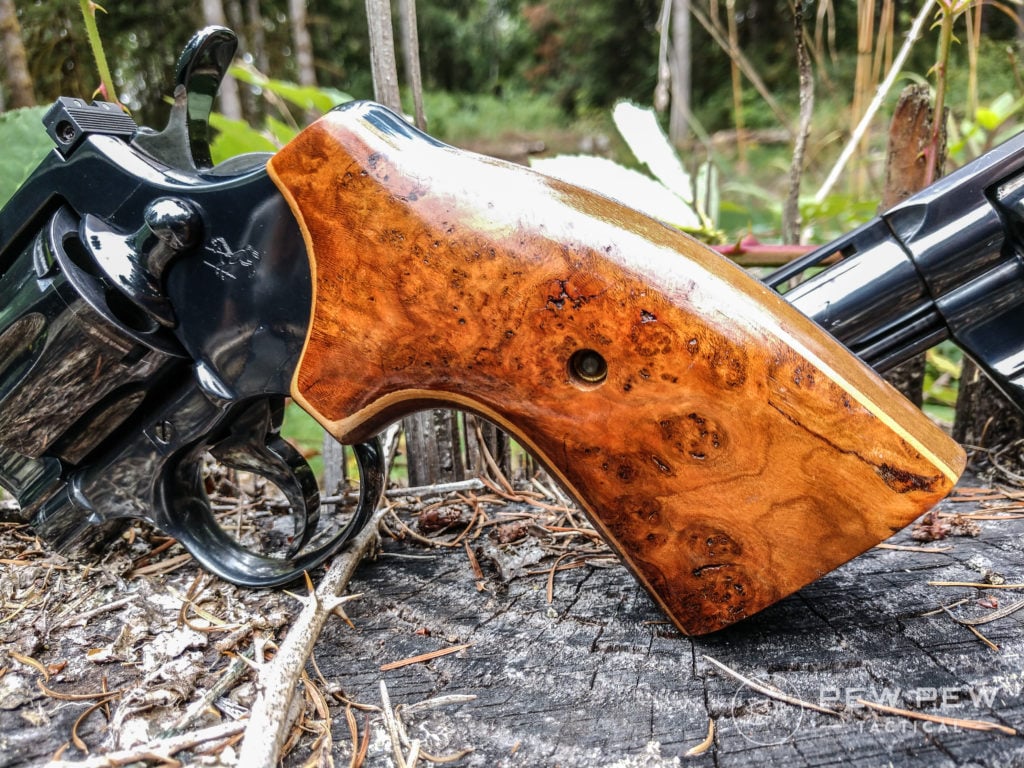
This means if you plan on purchasing a revolver, make sure you buy the one with all the features you want.
Final Thoughts
Like all choices, this one will likely be a personal decision.
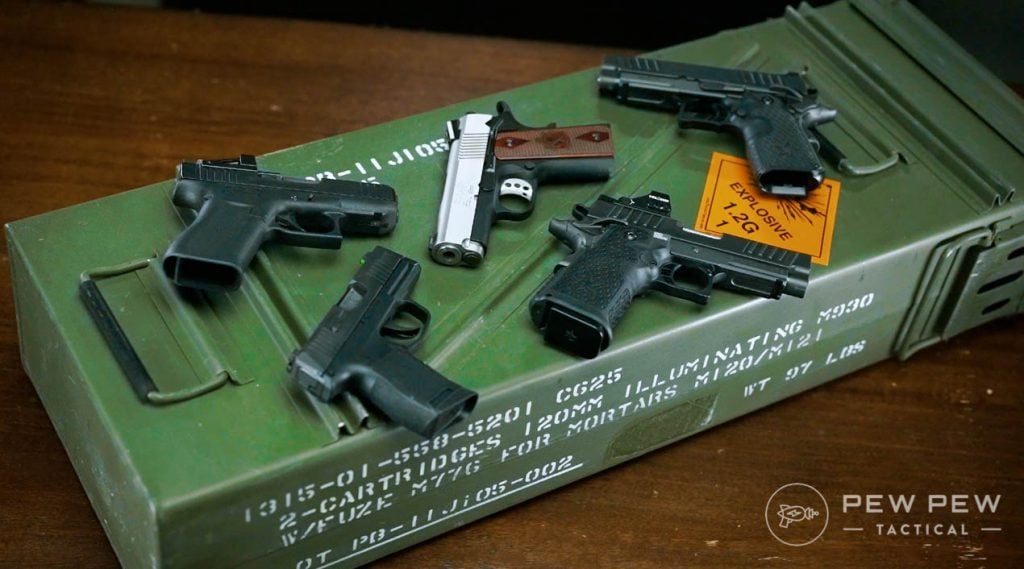
I enjoy both types of guns across all price points. Honestly, I probably shoot my Heritage revolvers more than most guns and often carry a Ruger LCR in 9mm when I need something reasonably powerful and pocketable.
What about you? Let us know in the comments below! Need some help choosing specific models? Check out our article on the Best Handguns for Beginners & Home Defense!

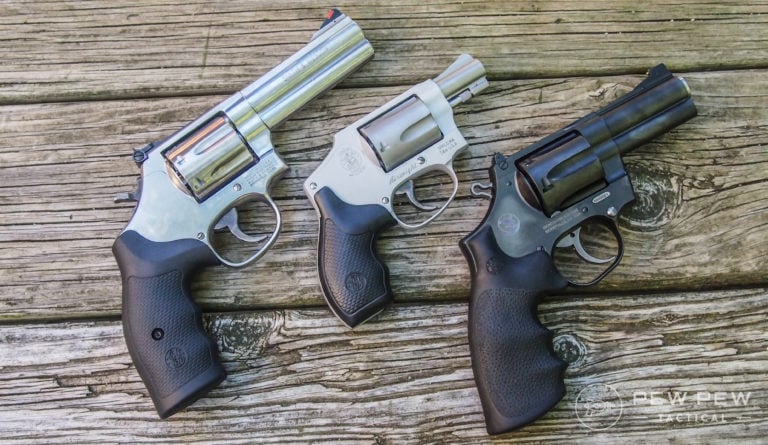
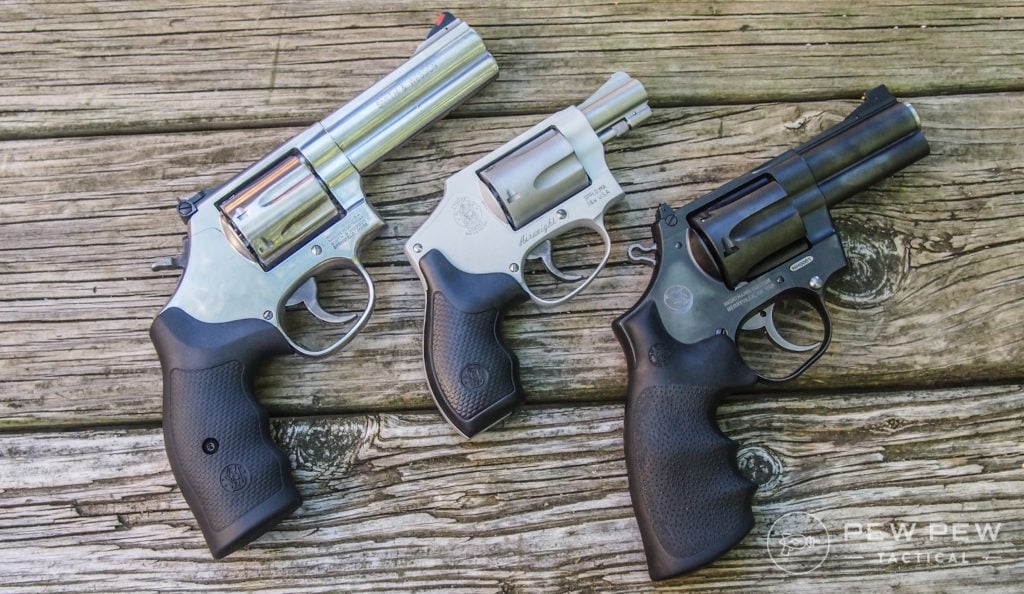


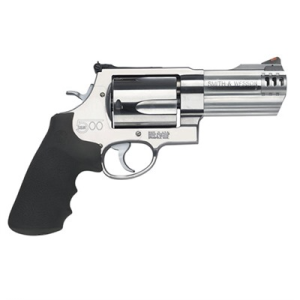








4 Leave a Reply
I personally prefer revolvers and my Glock-loving friends tend to make fun of my choices - which include an NAA 22 short and a 6.5” Taurus Judge Magnum which takes 3” 410 - as “impractical”.
When the ammo shortage caused by COVID made 9mm the least scarce round I finally acquired a 9mm handgun in the form of a double-action Taurus 905, which elicited even more scorn. I was actually looking for a single-action 9mm revolver and had I been successful in tracking one down my buddies would have had more jokes to make.
If you want to get a gun for home defense and stick it in the drawer till needed (perhaps for years), then a revolver is the way to go. You won't wear out the spring letting it sit for years like you might with a magazine-fed gun. If, however, you are going to periodically maintain your gun (swap magazines, etc), then a semi-auto is what I would choose.
My choice of caliber for a revolver is either .38 or .357 magnum. The ammunition is abundantly available.
I do not want a Smith and Wesson or Taurus revolver with a trigger lock. I don't want to take a chance that the lock will engage accidentally when I am trying to shoot the gun.
When I bought my Bride her first gun over 40 years ago, Semi Autos weren't quite the rage yet, so a S&W Midel 36 it was. She learned how to shoot it, and can keep all 5 rounds in a 6" circle at 25 feet. We're older now, and she was diagnosed with RA 10+ years ago, so finding a Semi she can work was difficult. Now, there are several options.
Funny thing about the NAA Minis, about 6 years ago, the Dentist she works for chose newvuniforms for staff, and she couldn't conceal without printing. As the office was located in a not so hot area, she was uncomfortable not being able to carry. On a whim, I bought her an NAA Mini in .22 WMR (along with the .22 LR cylinder), and reworked an old nylon velcro ankle holster to carry it in. In her uniform, no printing, and she's actually not a bad shot with the wee gun. At 7 yards, she keeps all 5 in a 3 to 4" group. She loves that little gun, and often chooses to carry it when she could be carrying the model 36.
Though I've warned her that if she must use it, get as close as possible and don't stop thumbing the hammer and pulling the trigger until it's empty.
Even though she's now retired too, she still straps that gun on every day.
While .22 LR or WMR isn't the best choice for defense, I'm a firm believer that even a .22 is better than no gun at all.
With all the options available today, especially the easier operated slides and softer recoil by S&W, Walther and others. A Semi should definitely be on the list of first guns, at least to try.
Enjoyable read, bit I’m unsure where the “beginner” aspect is in your article.
If you are new to guns, start with learning and practicing gun safety.
Then get a revolver in .38/.357, 4” balances well in the hand IMO, and shoot .38 in double-action to learn trigger control/discipline, this is invaluable IMO and will be huge benefit when you then buy that semi-auto you wanted anyways.
SO: I think that Revolvers are best for beginners, assuming we are talking ACTUAL beginners.